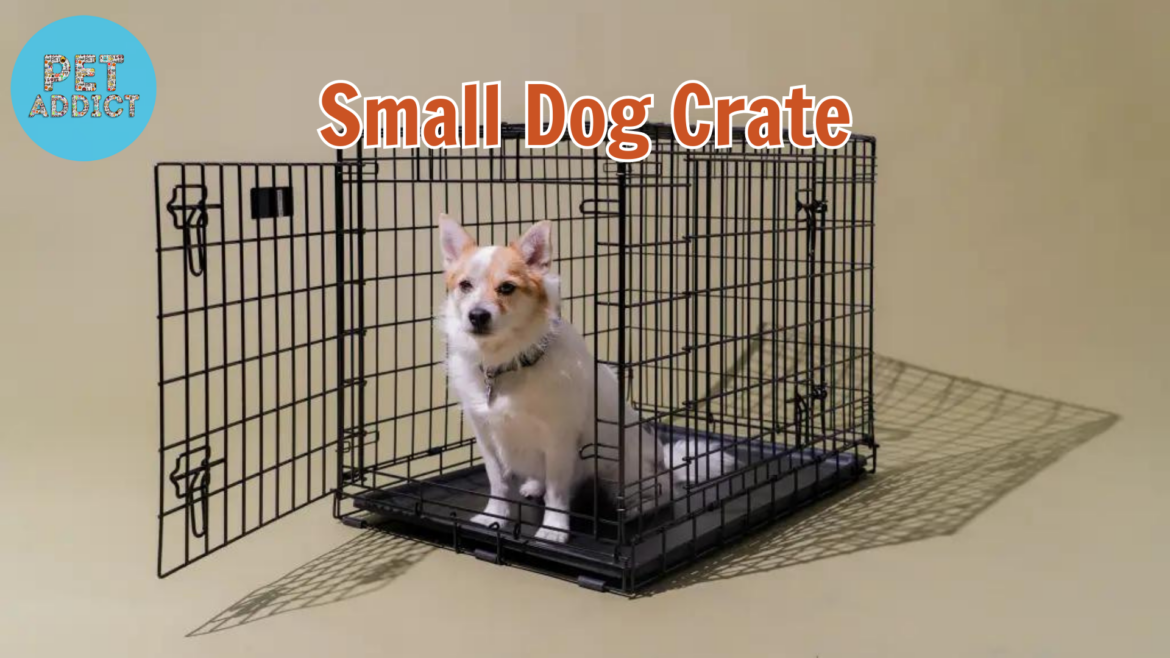Dog crates are essential tools for pet owners, offering a secure and comforting space for our furry friends. Whether you have a new puppy or an adult dog, a small dog crate can play a vital role in their training and overall well-being. In this article, we will explore the different types of small dog crates available and provide a comprehensive guide to help you choose the perfect crate for your canine companion.
PetAddict.net – The best place where you can find everything about your pet!
Understanding the Importance of Dog Crates
Dog crates serve as a den-like sanctuary for dogs, replicating their ancestral instincts of seeking shelter and safety in small, enclosed spaces. Crates can aid in house training, prevent destructive behavior, and reduce anxiety in dogs.
Benefits of Using a Small Dog Crate
- Provides a safe and confined space for your dog
- Helps with potty training and housebreaking
- Prevents destructive behavior when unsupervised
- Reduces anxiety and stress in dogs
- Facilitates safe travel and transportation
Types of Small Dog Crates
There are various types of small dog crates available in the market, each with its unique features and purposes. Let’s explore the most common types:
Wire Crates

Wire crates are popular choices due to their excellent ventilation and visibility. They are made of metal wires, providing a durable and long-lasting option. The open design allows air to flow freely, making them suitable for warmer climates.
- Pros: Good ventilation, easy to clean, collapsible for storage and travel.
- Cons: May not be suitable for anxious dogs who prefer more privacy.
Plastic Crates
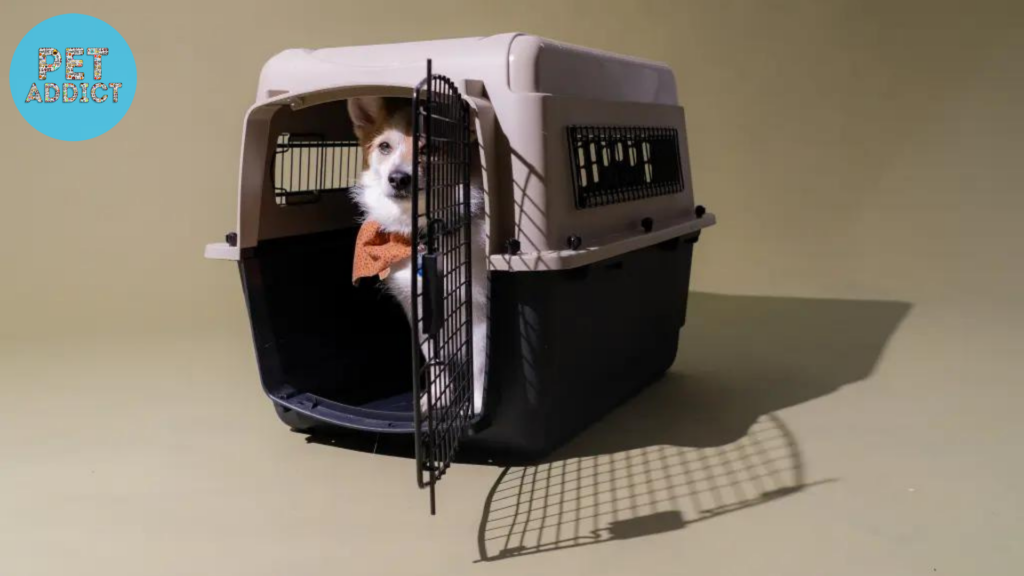
Plastic crates, also known as travel crates, are sturdy and secure options for both travel and home use. They are made of hard plastic with a metal door, providing a cozy and enclosed environment for dogs.
- Pros: Safe for travel, provide a den-like feeling, easy to clean.
- Cons: Limited ventilation, not collapsible for storage.
Soft-Sided Crates
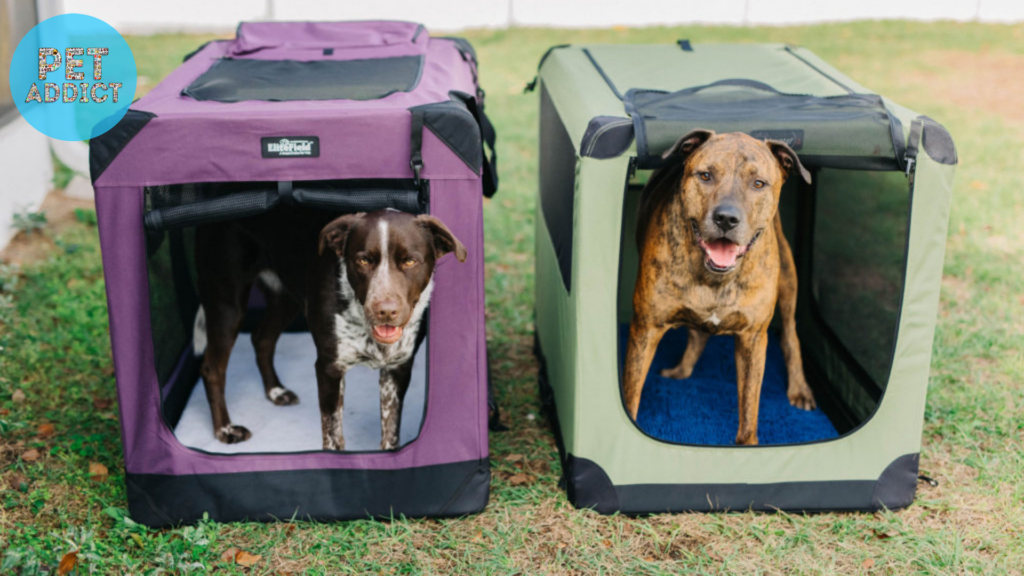
Soft-sided crates are lightweight and portable, making them ideal for short trips and outdoor activities. They are made of fabric and have mesh panels for ventilation.
- Pros: Portable, easy to set up, great for travel.
- Cons: Not suitable for dogs who like to chew or scratch.
Wooden Crates
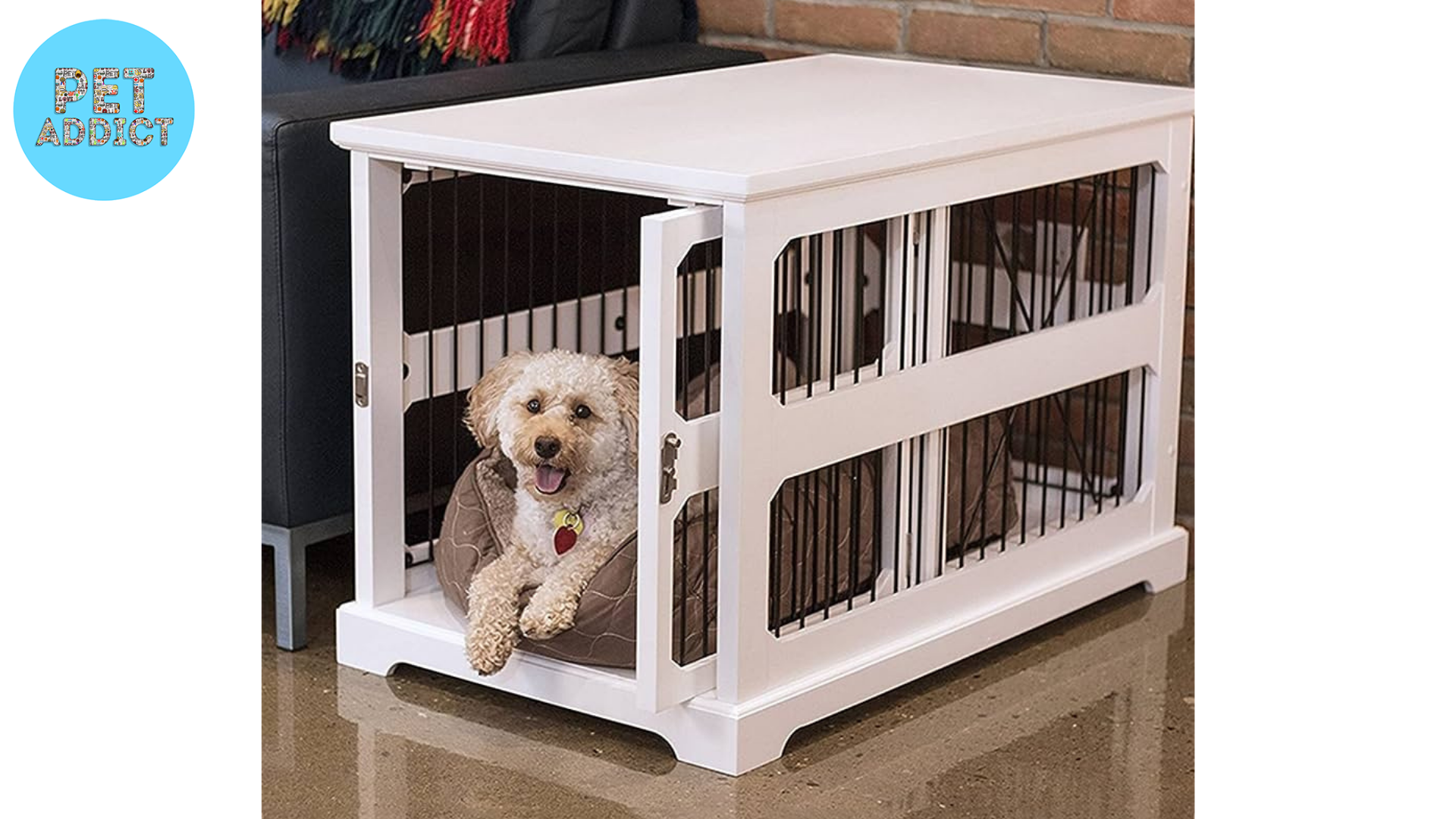
Wooden crates are stylish and can blend seamlessly with your home decor. They often resemble furniture, such as end tables or nightstands, making them a popular choice for pet owners who prioritize aesthetics.
- Pros: Elegant design, doubles as furniture, good ventilation.
- Cons: May be expensive, and not suitable for heavy chewers.
Travel Crates
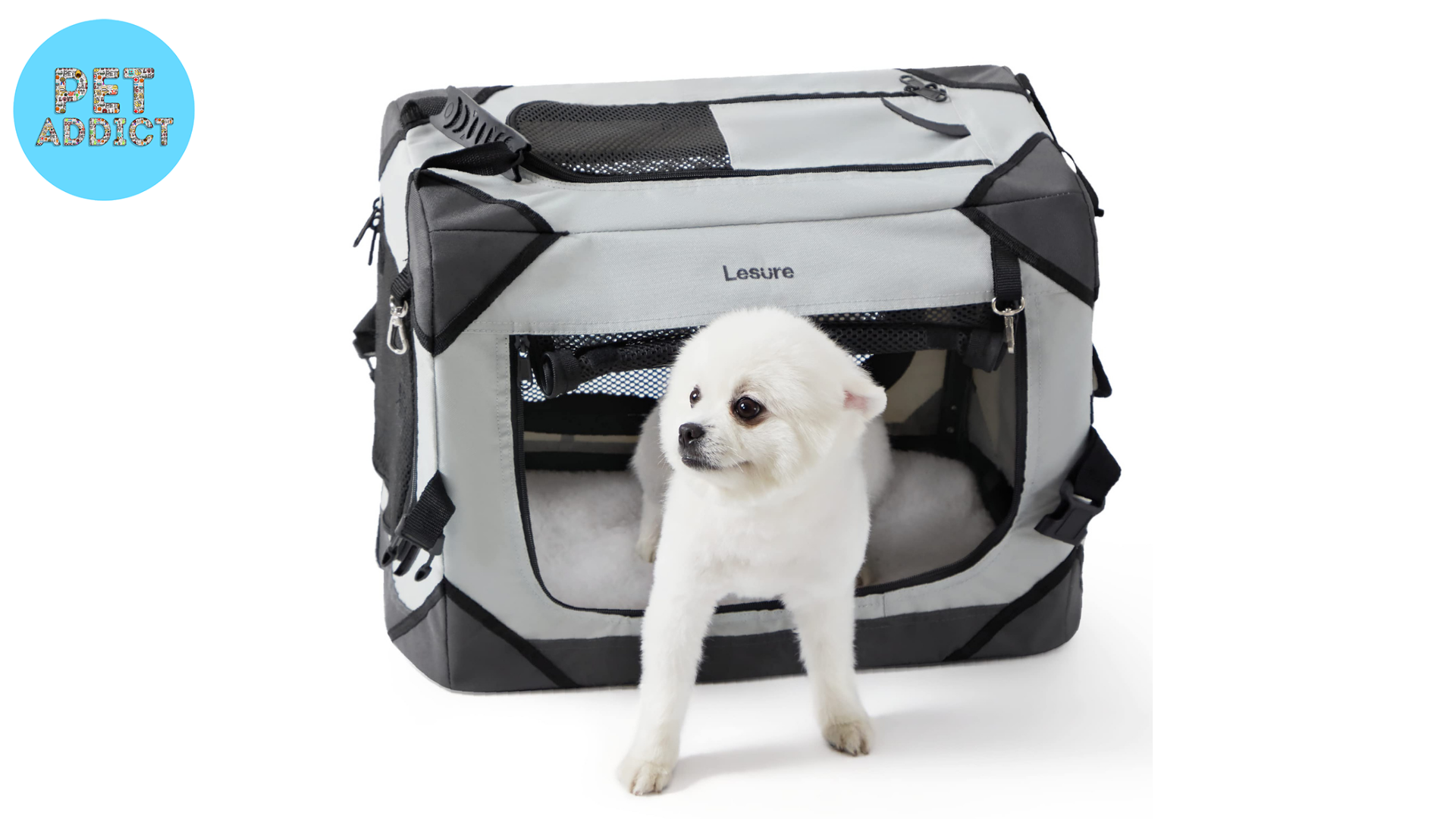
Travel crates are specifically designed for airline travel. They meet airline regulations and provide a secure space for dogs during flights.
- Pros: Airline-approved, safe for air travel.
- Cons: Limited ventilation, not suitable for long-term use.
Decorative Crates
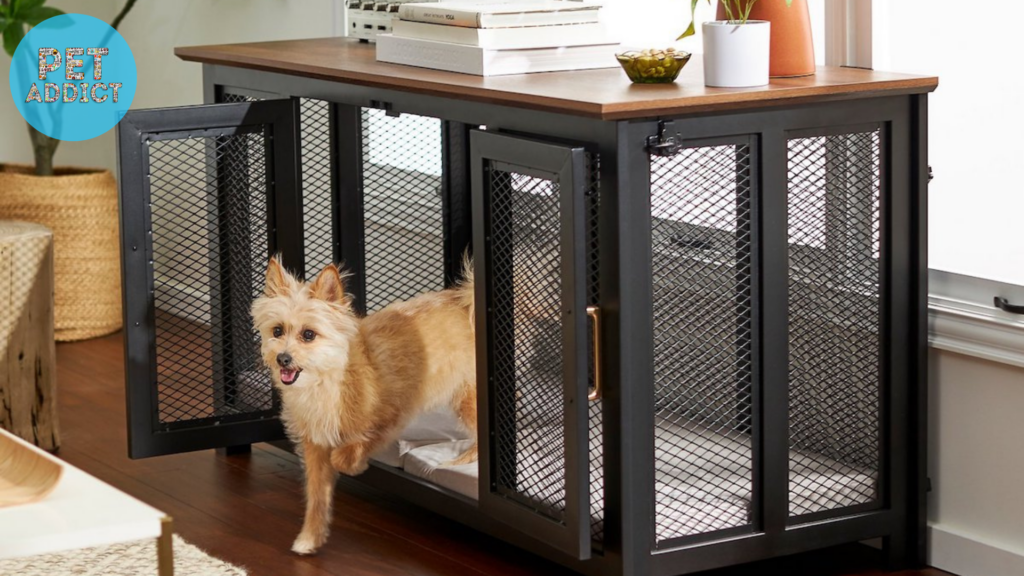
Decorative crates are a blend of functionality and style. They come in various designs and can serve as a decorative piece while providing a comfortable space for your dog.
- Pros: Stylish, can blend with home decor, good ventilation.
- Cons: May not be suitable for heavy chewers, could be more expensive.
Factors to Consider Before Choosing a Small Dog Crate
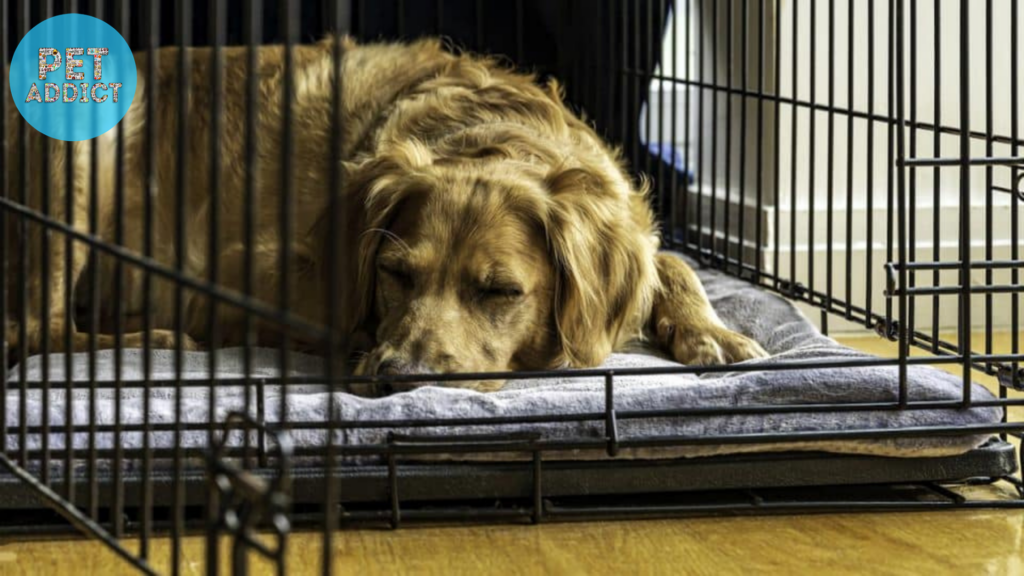
When selecting the right small dog crate for your furry friend, consider the following factors:
- Size Matters: Before purchasing a crate, measure your dog’s height and length to ensure they have enough space to stand, turn around, and lie down comfortably. Provide some extra room for growth, but avoid getting a crate that’s too large, as dogs may not feel as secure in a spacious crate.
- Safety First: Safety is paramount when choosing a crate. Look for sturdy construction with secure latches to prevent accidental escapes. Ensure there are no sharp edges or materials that could harm your dog. The crate should also have proper ventilation to allow fresh air circulation.
- Portability and Storage: If you plan to travel frequently with your dog, consider a crate that is collapsible for easy storage and transportation. Some crates come with handles or wheels, making them more convenient for travel.
- Easy to Clean: Opt for a crate with removable trays or washable covers to simplify cleaning. Dogs may have accidents or shed hair, so easy maintenance is essential.
- Dog’s Personality and Behavior: Every dog is unique, and their crate preferences may vary. Some dogs may enjoy the openness of a wire crate, while others may prefer the coziness of a plastic or soft-sided crate. Additionally, if your dog experiences anxiety or behavioral issues, choose a crate that provides a sense of security.
Step-by-Step Guide to Crate Training Your Dog
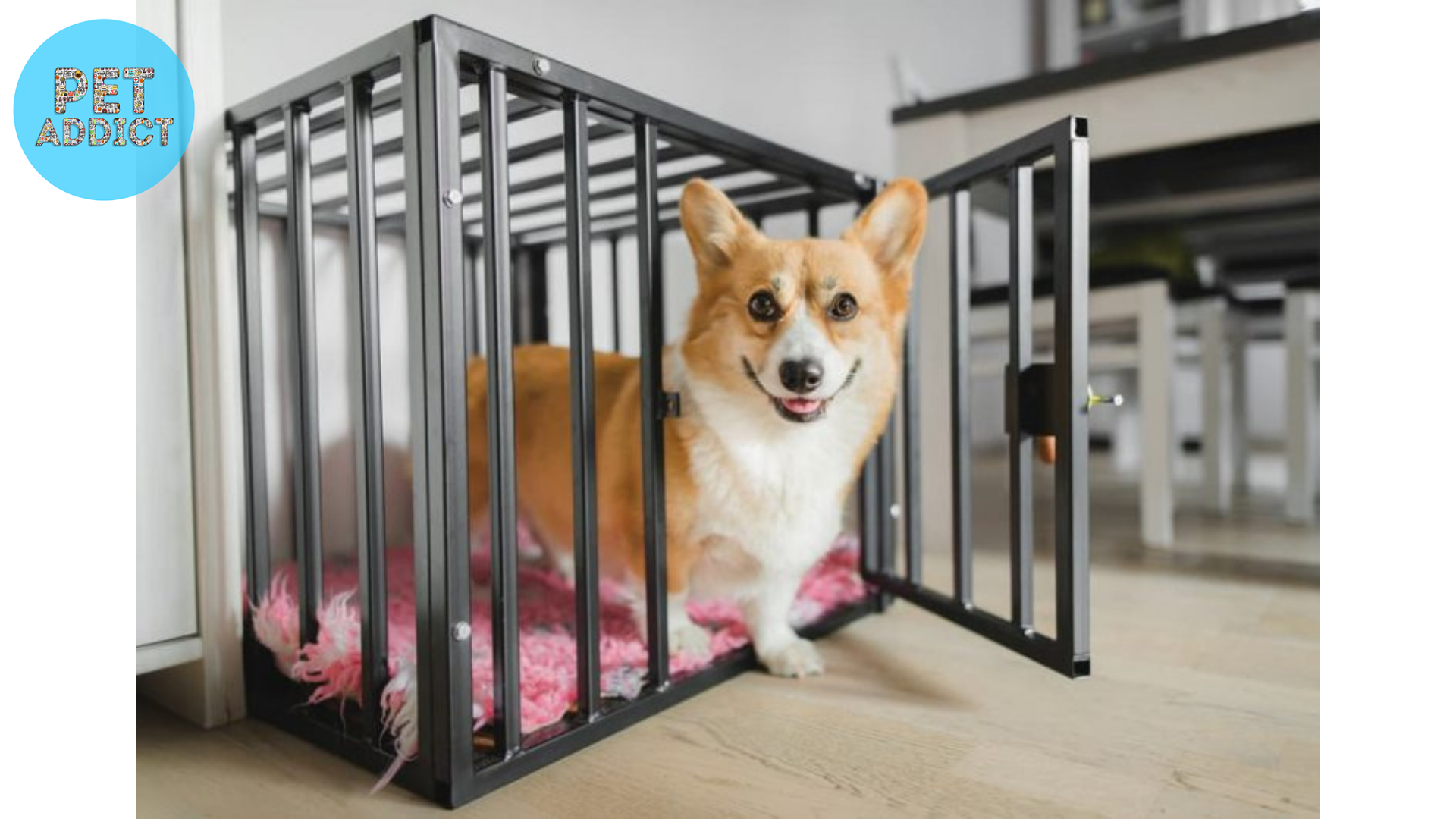
Crate training is a gradual process that requires patience and positive reinforcement. Follow these steps to help your dog feel comfortable and happy in their crate:
- Introducing the Crate: Place the crate in a quiet and inviting area of your home. Leave the crate door open and allow your dog to explore it at their own pace. Encourage them with treats and praise when they go near or inside the crate.
- Feeding Time in the Crate: Use mealtime as an opportunity to associate the crate with positive experiences. Place your dog’s food bowl inside the crate, enticing them to enter. As they eat, praise them for staying inside the crate.
- Gradual Alone Time: Once your dog is comfortable entering the crate, gradually increase the time they spend inside with the door closed. Start with short durations and gradually extend the time. Be present nearby initially to reassure them.
- Nighttime Routine: Make the crate a part of your dog’s bedtime routine. Place comfortable bedding and toys inside to create a cozy sleeping space. Stick to a consistent bedtime and let your dog out for potty breaks before bedtime.
- Positive reinforcement always: uses positive reinforcement when your dog enters and stays in the crate. Offer treats, praise, or a favorite toy as a reward for good behavior. Avoid using the crate as a form of punishment, as this will create negative associations.
Tips for Making the Crate Experience Positive
- Keep It Comfy: Add soft bedding and comfortable cushions to make the crate cozy for your dog. The goal is to create a space they will enjoy spending time in.
- Interactive Toys and Treats: Place interactive toys and treats inside the crate to keep your dog entertained. Puzzle toys or treat-dispensing toys can be engaging and mentally stimulating.
- Creating a Safe Haven Ensure: the crate is always a safe and positive space for your dog. Avoid loud noises or sudden disturbances when they are inside. Use the crate as a retreat during stressful situations or when your dog needs some quiet time.
Conclusion
Choosing the right small dog crate for your canine companion is a significant decision that can enhance their well-being and happiness. Each type of crate comes with its advantages, and considering your dog’s personality, size, and needs is crucial.
Remember, crate training should be a positive and gradual process, aiming to make the crate a comforting and safe haven for your dog. With patience, consistency, and lots of love, your furry friend will come to adore their crate.
FAQs: Frequently Asked Questions
- Q: Can I use a small dog crate for potty training my puppy?
- A: Yes, small dog crates can be effective tools for potty training. Just make sure to choose the right size and provide potty breaks regularly.
- Q: Is it cruel to crate my dog while I’m at work?
- A: As long as the crate is appropriately sized and your dog is comfortable, it can be a safe space for them while you’re away. Avoid leaving them crated for extended periods.
- Q: My dog seems anxious in the crate. What can I do?
- A: Try to make the crate a positive space by using treats and toys, and gradually increase the time they spend inside. Seek professional help if the anxiety persists.
- Q: Can I use a soft-sided crate for air travel?
- A: Some soft-sided crates are airline-approved. Check with the airline for specific guidelines and requirements.
- Q: How often should I clean my dog’s crate?
- A: It’s essential to clean the crate regularly, at least once a week, or more frequently if needed. Use pet-safe cleaning products to maintain hygiene.

